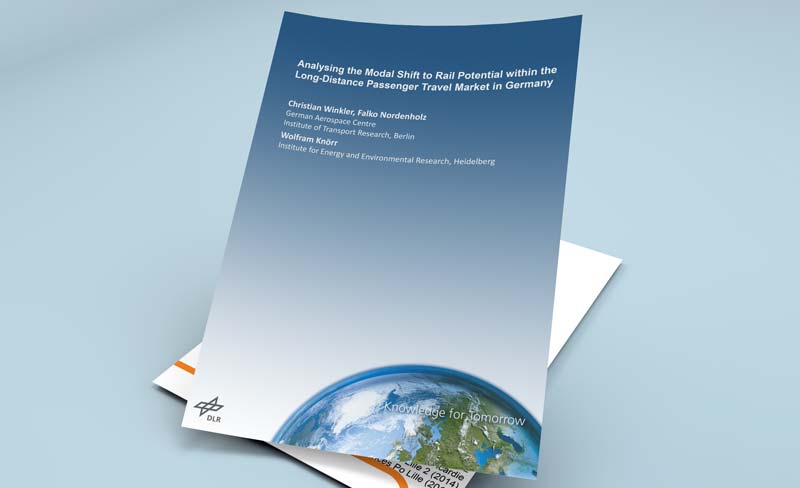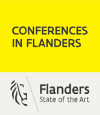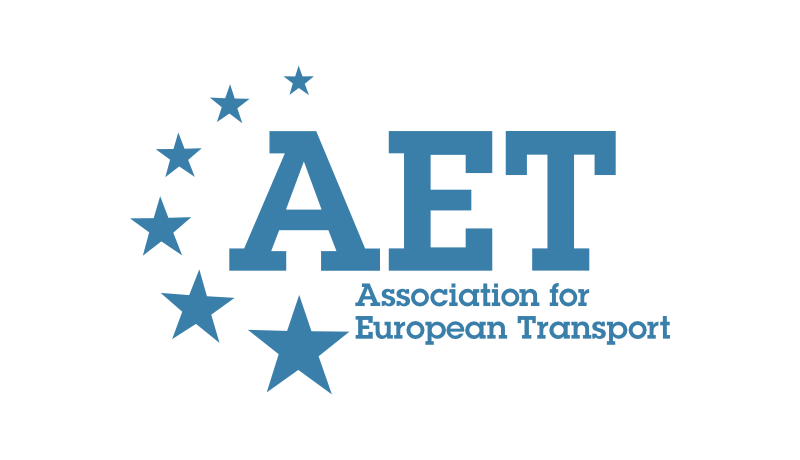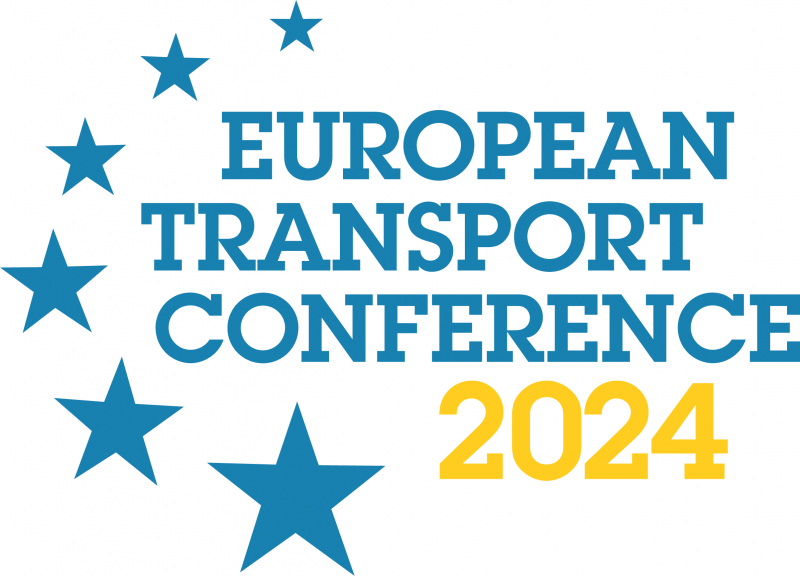-
Past ETC Papers

Browse, search and view papers from the past AET Conferences.
-
Members' Area

AET promotes networking and exchange of ideas, information and opportunities amongst members.
Conference Papers 2017
Barcelona, Spain
ETC Conference Papers 2017
Analysis of mobility patterns and intended use of shared mobility services in the Barcelona region
Seminar
Day 3 (6 Oct 2017), Session 7, Multimodality and New Mobility Services: opinion and acceptance, 09:30 - 11:00
Status
Accepted, documents submitted
Submitted by / Abstract owner
Mireia Gilibert
Authors
Mireia Gilibert, SEAT S.A., Imma Ribas, Universitat Politècnica De Catalunya (UPC), Silvia Rodriguez-Donaire, Universitat Politècnica De Catalunya (UPC)
Short abstract
This research focuses on the intended use of shared mobility services by citizens of the metropolitan Barcelona region, relying on a quantitative analysis of their mobility patterns, behaviours, needs and expectations.
Abstract
Social and economic trends have strongly changed in the last years due to the economic crisis and the evolution of technology. These factors have influenced a sharing revolution, also in the mobility sector motivated for the increasing urbanisation and environmental consciousness. Coming from the premise that it starts to be a big number of emerging services competing in this field, some of them already very extended such as the “ride-hailings” Uber and Lyft or the “carsharings” car2go and Zipcar, probably soon there will be a lot of competition in our cities. The question is, how many of these services will succeed? For the moment, most of them are based on the sharing and circular economy, offer a similar user experience and have similar business models. Predictably, some decisive factors such as the cost, trust and convenience, should be taken into consideration in the service design. But what other aspects also have to be considered?
The paper focuses on the intended use of shared mobility services by citizens of the metropolitan Barcelona region, relying on a quantitative analysis of their mobility patterns, behaviours, needs and expectations. Six hundred surveys with commuting travellers were conducted in order to identify the differences among customers regarding different factors, such as their age, daily trips or personal incomes. Results show clear different patterns depending on whether commuting trips are within or out of the city and a greater intended use of ridesharing, carsharing and ride-hailing services of the youngest population. Besides, data indicates that travellers do not have preferences for a single mean of transport but for the service that best meets their needs in each occasion.
Documents:

Association For
European Transport
Forester House
Doctors Lane
Henley-in-Arden
Warwickshire, UK
B95 5AW
+44 (0) 15 64 793552
VAT number: 710 1866 64
Conference Supporters & Endorsers




Legal Entity
The Association for European Transport is registered as an Association ('vereniging') with the Chamber of Commerce for Haaglanden in The Netherlands under company number 27170096.
Built on Zenario




